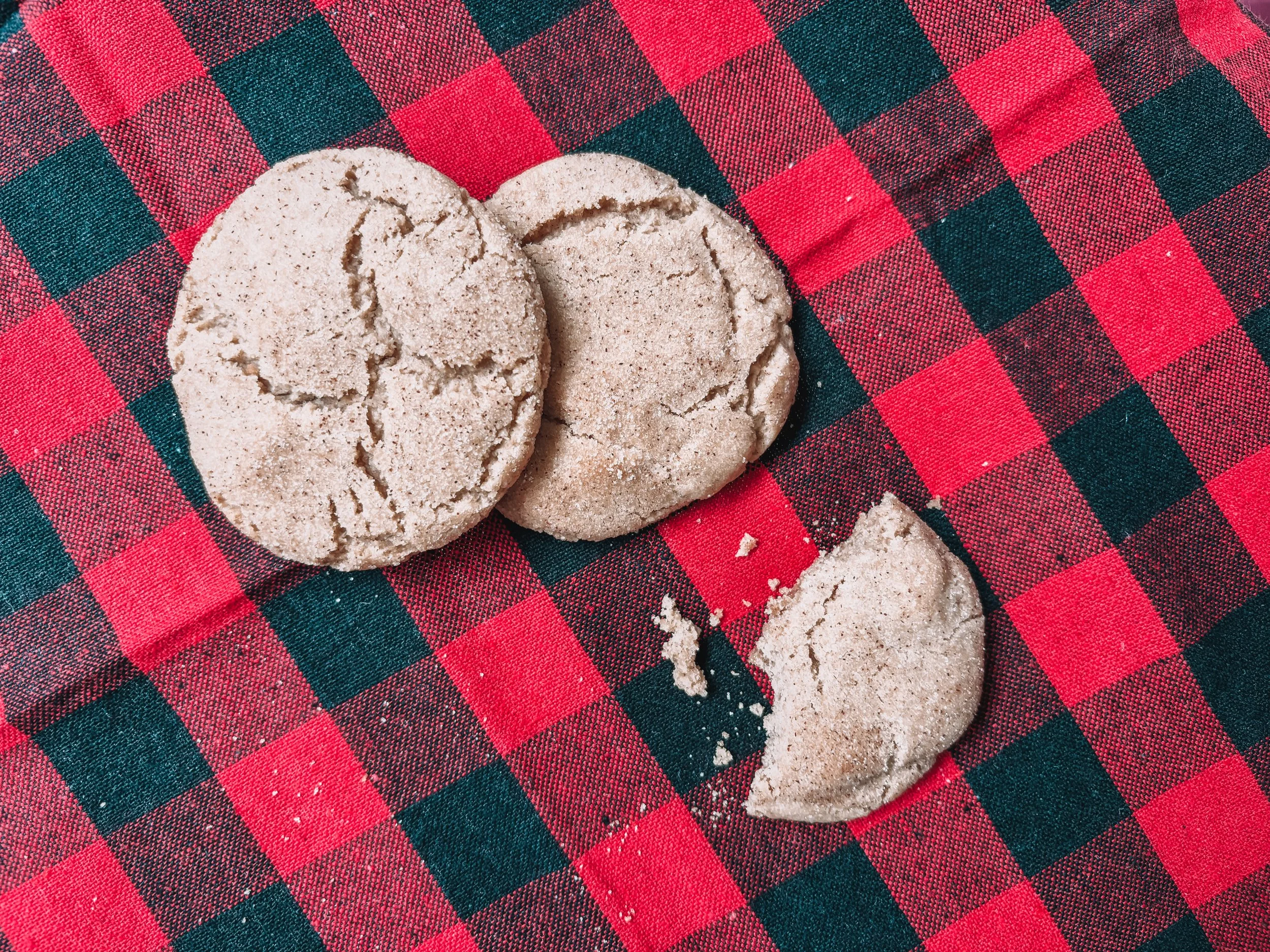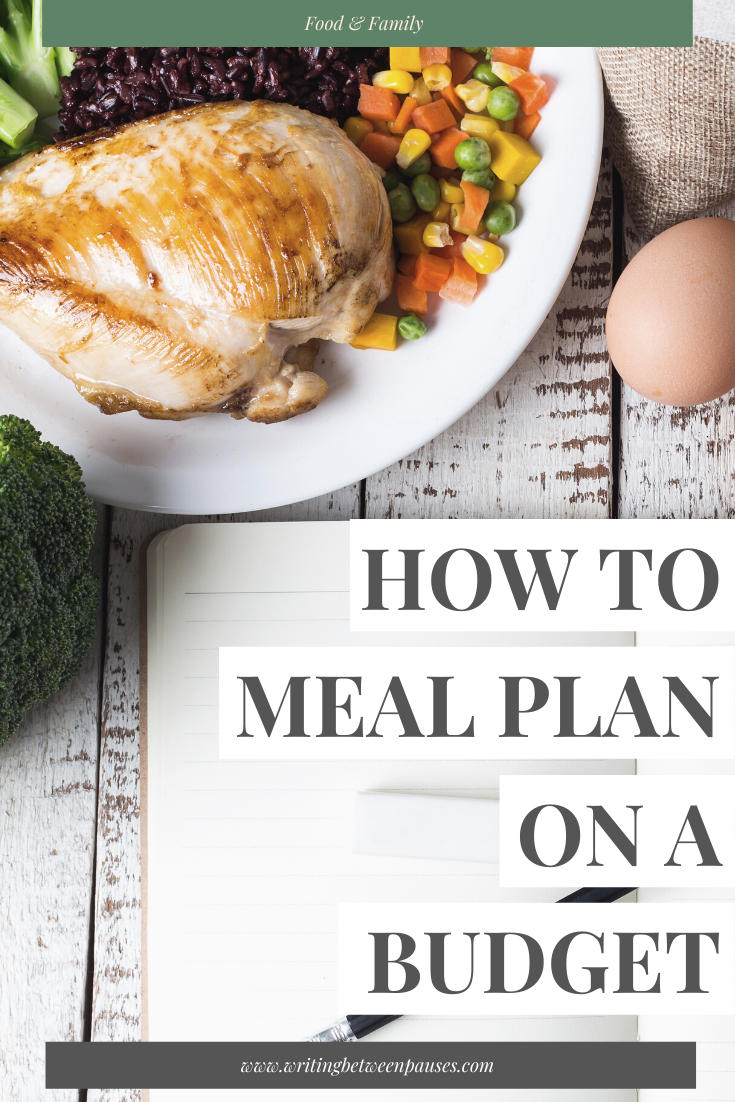To me, Disneyland is all about the treats. And the rides—there are so many iconic rides that I love so much. But the snacks really make it for me. There is nothing quite like going on a few rides then taking a break to people watch and eat a snack. It’s truly my favorite part of visiting Disneyland.
We went to Disneyland in August 2025—from August 18 to August 20. Let me start by telling you the saddest part of those dates: Haunted Mansion was closed, Star Tours was closed, AND Radiator Springs was closed. That’s a lot of our favorites. We didn’t realize it when we booked those dates (fwiw, we booked in January!) and if I’d known, I probably would have adjusted. But it was what it was and we still had snacks to look forward to, right? Let’s talk about everything I ate during our trip.
Day 1 - Arrival
During this trip, we stayed at Pixar Place (full review coming soon). We arrived, got to our room, briefly refreshed, and then realized we were fully starving. Usually, our first day meal is Tortilla Joe’s, a Downtown Disney icon; however, the Downtown Disney location closed earlier this year, which was devastating. We needed a new first night tradition—and I think we found it in Naples. Naples has been in Downtown Disney for a long time, but we’ve never eaten there. They were quick to accommodate our 9 person group (no small feat) and the food was fantastic.
I had the chicken caesar salad, which was fantastic. Both Forrest and Violet got the kids pepperoni pizza—and I have to say, it was one of the best pizzas I have ever eaten. It was incredible. Forrest also ordered the calamari appetizer and it was fantastic; some of the best, most tender calamari I have ever had.
On our walk back to the hotel, we got Forrest a churro—his absolute favorite Disney treat—and he picked Oreo cheesecake. It was decadent and so, so good. Great choice on his part.
Day 2 - Disneyland
Is there a better feeling than waking up your first day at Disneyland? I was so excited, I was awake at 4am, drinking coffee, fully dressed. Once everyone else was awake (at a very reasonable 6:30am), Forrest and I ran downstairs to the Sketchpad Cafe to grab some breakfast. I got a bagel with cream cheese; Forrest got a chocolate croissant; and I got a balance box for Danny and Violet to share. The balance box was a premade box that included: hummus and pita bread, veggies (carrots & cucumbers), and a boiled egg. Violet ate the boiled egg and Danny ate the hummus, pita, and veggies. The Sketchpad Cafe was a great place to grab some quick snacky items or a lunch, as they had lots of premade wraps and salads.
Once we were in the park, it was on. The first snack I got, after about 3 hours in the park, was popcorn: if you know me, you know I LOVE Disneyland popcorn. Actually, I love popcorn in general, but Disneyland popcorn is so good. Danny bought it for me while I was on It’s a Small World with Violet; he also got me one of the souvenir popcorn buckets. (It’s a Mickey Balloon bucket that lights up.)
After a lot more rides and after Danny took Violet back to the hotel for a nap, Forrest and I went to Pizza Port. Forrest got a slice of pizza and I got one of the side salads—I love the Pizza Port salads, I know that sounds weird. It was just a light snack, as we had specialty dining at 1:40.
At 1:40, we went to the Plaza Inn for a specialty dining that also got us reserved seating at the parade. If I had to go back in time, I would not have booked this; it’s not that it wasn’t good, it’s that it was really expensive for kind of a stressful experience and we ended up not really needing the reserved seating. I originally was going to write a full review of this, but I don’t think I need to; consider this my mini-review. The menu is pre-set as well for this dining and I wasn’t particularly impressed with what was offered. For the adults, we received meatloaf with mushroom gravy, mashed potatoes, and pea puree; a baby wedge salad with ranch dressing; and a Paint the Night dessert. The meatloaf was pretty dry; the mashed potatoes and mushroom gravy was good; the pea puree was a choice; and the baby wedge salad was good. The dessert was a solid OK. For the kids, they got mac and cheese, chicken tenders, a roll, a bag of baby carrots, a Motts applesauce, and a dessert as well. I just wasn’t particularly impressed and was a little frustrated with myself that I wasted money, but the kids did enjoy it.
At the end of the day, Violet was very cranky, so I stayed behind while Danny and Forrest went the parade. (Note the frustration about wasting money—I didn’t even go to the parade!) They brought me back a Mickey pretzel with cheese and mustard, the perfect end to a night.
Day 3 - California Adventure
Confession: I have not attended a character breakfast since I was… 14? And I was way too old for the characters at that time. However, Violet is a Mickey and Minnie superfan and I knew she would love this. And she did. We attended the Autumn Adventures breakfast at Storyteller’s Cafe, which is located in the Grand Californian. Was it expensive? Yes. Was it worth it? Also yes. The buffet was incredible and the cast members working at Storyteller’s were fantastic. I cannot recommend it enough. Violet and Forrest got to meet Mickey and Minnie, Chip and Dale, and Pluto and they had so much fun.
After breakfast, we used the Grand Californian entrance into California Adventure. After a few rides, Violet ended up falling asleep in her stroller while we were on Soarin’ Over California (my father-in-law had stayed behind to watch her). Danny took Forrest to ride more rides, while I ate fries from Smokejumpers Grill. Violet was asleep for so long, I managed to walk from California Adventure to Downtown Disney, go into World of Disney to buy a few things, and then walked to Disneyland. In Disneyland, I walked all the way to the Adventures of Winnie the Pooh, where I ate popcorn while Violet slept another hour and a half.
When she finally woke up, I treated myself (and her) to a frozen lemonade and a pretzel with cheese & mustard.
In the evening, my in laws watched Violet and Forrest while Danny and I went into the park solo. We went to Rancho Del Zocalo… this is a restaurant we have seen so many times in the park, but we never ate there and we both wanted to. And we did. I had the Burrito Sonora and Danny had the Soy Chorizo Tacos, and we shared an Esquites Bowl. It was incredible, super fast and very filling. 10/10, recommend this for a dinner in the park.
After that, we treated ourselves to some beignets and a Mint Julep before going on some rides.
Day 4 - Disneyland
I woke up on this day and cried because it was our last day. I was fully exhausted, but i felt like we’d finally hit our stride at Disneyland with 2 kids for the first time!
We went to Carnation Cafe with Danny’s parents for breakfast; I’d made this reservation first thing because it’s our favorite breakfast place. And it’s becoming tradition to get breakfast there on our last day. We all got the Mickey waffles (except Danny, who got pancakes). They were delicious, as usual. Carnation Cafe - Mickey waffles
After that, we went on a bunch of rides, then got Dole Whip. I got a Dole Whip float, which I prefer, because I feel like I need the slightly tart pineapple juice to go alongside the Dole Whip.
Violet needed a nap, so I spent time with Forrest. He wanted Pizza Port for lunch again (it’s his favorite): we both got pizza, pepperoni for him, cheese for me, plus the garlic breadsticks.
After a long nap and some more rides, we all went to Hungry Bear Jamboree for dinner. I got the Smoked Brisket Sandwich, which I wanted to love; however, the brisket they gave me was almost entirely fat, so it was barely edible. The fries were good though. Danny got the Barbecue Salad, which looked so much better than what I got and came with a corn rib. We got funnel cake fries to split as a family. Forrest got the kids chicken fingers and said they were the best he’d eaten on the trip; he also appreciated that they have a ranch dispenser, which is rare in the park.
At the end of the night, Danny’s dad offered to watch Violet and Forrest while we went into the park with Danny’s mom. We got a pretzel with cheese from the Refreshment Corner on Main Street (Danny and I call this the Coke Corner, but we can never really remember why). I don’t like the cheese sauce they use at the Refreshment Corner specifically and they didn’t have mustard packets, so that was a bummer. However, Mickey Pretzels are my 2nd favorite snack after popcorn, so it was a fitting end to 3 days of eats.




















